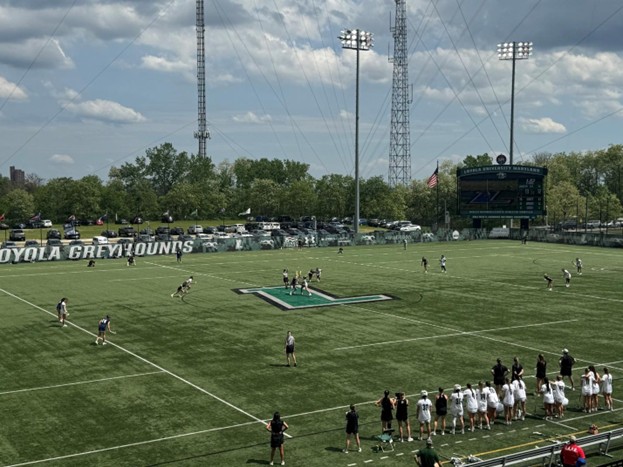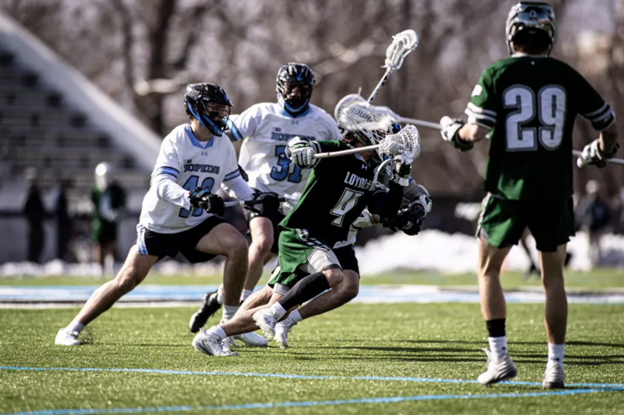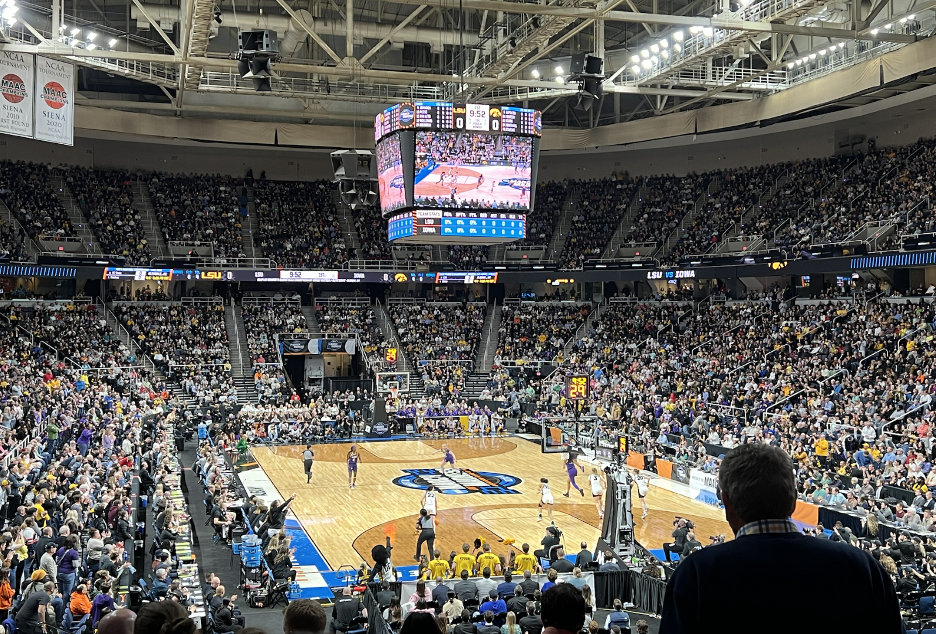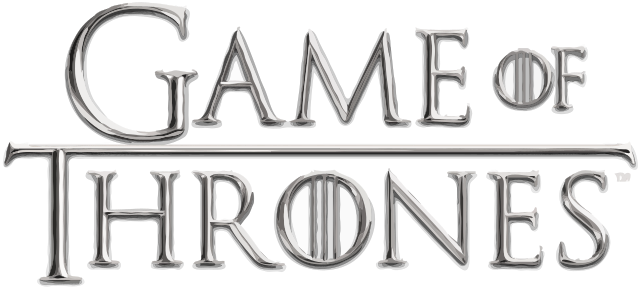By Katie Reinhard
Staff Writer
The whistle blows and the play is stopped; a typically disgruntled defender assumes her position behind the offended player, but usually not without some sort of fight. She wants to challenge the call, to offer a few colorful words or gestures, even roll her eyes in a not-so-subtle manner. Often times she does some or all of the above. But alas, she tries to bite our tongues and do as the ref says, ultimately aiming to avoid committing a similar foul again. But what seems to be the problem any time you step on the field for a game is: what exactly is a foul in these referees’ eyes?
We deal with it every game as players, coaches and parents: how are the refs going to call this particular game? While there are of course the black-and-white textbook fouls, a majority of the time you are going to see a wide array of refereeing styles that decide what a foul is. As a player, I can attest to the fact that you really will not be able to dictate how physical the game is going to be until a few solid minutes of the first half have gone by. Once we see what nudges and checks go un-whistled and vice-versa, we can (try to) adjust. If the refs seem to be not so thrilled about the back check or the physical off-body play, then we all try to adapt. Defenders play it safe, coaches uncover what calls they should challenge and parents…well, they are pretty much going to have an opinion on everything, so there isn’t much adjusting there. But hey, some of their comments are real knee-slappers, so we’ll let them be. My point is that if a different set of refs were refereeing, the physicality of the game would change completely. Fast track to a back check that is pretty aggressive but is allowed, that in turn gets transitioned for a fast break, leading to a 3 vs. 2 situation, allowing that team to finish a goal. If a different set of refs were present, perhaps the back check is called as a foul, and that whole goal is prevented.
Now, if I am coming off as accusatory toward referees, do forgive me. I am making a comment on the women’s game as a whole, and how the referees are not to blame. The rules themselves seem to be what creates this divide in how the game is called. I myself do not have an answer on how to change this, because truly, the rules defined by US Lacrosse are very specific so it seems like there wouldn’t be a problem. However, there are so many nuances and no two fouls are exactly the same, so there will always be controversy.
As a player, I think what can change to alleviate some of this would be an instant replay. Nothing crazy like the NFL, but something that would perhaps allow a coach to challenge a call or allow the refs to replay a call for which they have opposing ideas about. A lot of times, referees make a call based on the reaction of the person “fouled” or in response to a coach or player that has been difficult during the game or in the past. An instant replay would allow officials to see that maybe the attacker was being dramatic and no contact was made, or maybe someone’s feet got caught up in the others. Some may argue that this would slow down the game, but these fouls can determine an entire game’s outcome. A few seconds taken out of the game to replay an alleged foul could save the game from taking a completely biased and misinformed route, a tradeoff I think, would matter in the end.
Of course this would not settle all issues, but I do believe that it would take a great deal of personal subjectivity out of the game.
Adding an instant replay system to women’s lacrosse may help, but that being said, sports are never without controversy and adjusting to the situation at hand will forever be an essential part of lacrosse and athletics of all types. We must know what we can change and how to change it, of course, but the addition of further review could level the playing field for everyone.








































































































